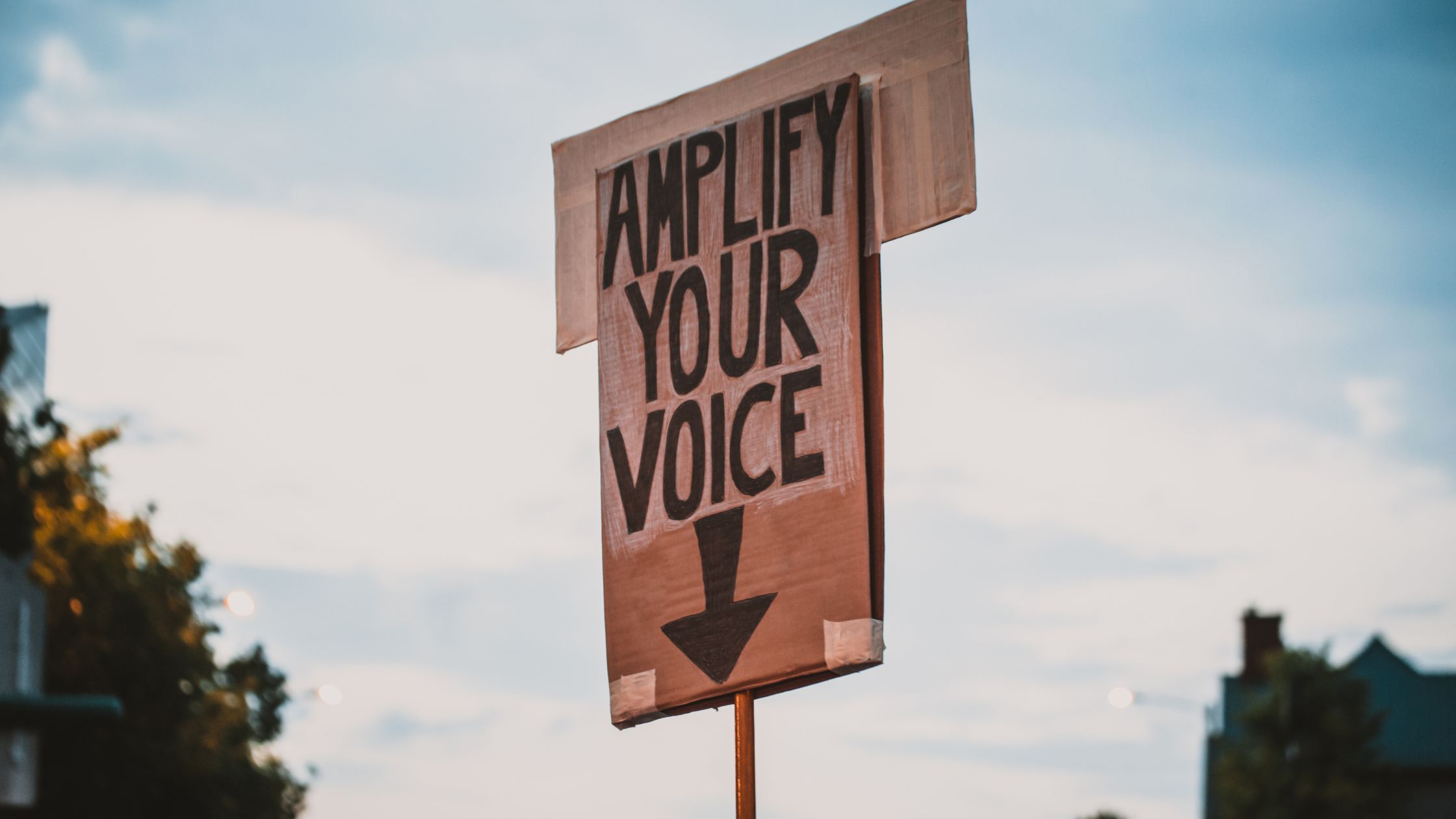Many nonprofits rely on support from legislation to accomplish their mission. It isn’t uncommon for organizations to have an advocacy component to their strategic plan and a department dedicated to gaining support for policies that help achieve their mission whether it is free school meals for all students or tax credits to help families afford basic needs.
There are several ways to use moments in the election cycle and legislative process to push forward your organization’s advocacy agenda. Pay attention to the news and be prepared when things happen that you should be leveraging in your messaging. Below are some tactics and tools that can build support for your cause.
Op-ed
An op-ed is an opinion piece written by a subject matter expert that offers a clear argument about a topic that is typically making headlines in the news. Define your position, decide who the author will be and determine if you want to enlist a co-author from another organization who could bolster your piece if they were involved. For example, Mass Audubon and The Nature Conservancy teamed up for this op-ed about the American Rescue Plan Act. Be sure to carefully craft your message and explain why support is crucial, while not being too self-serving
Letter to the Editor (LTE)
While Letters to the Editor may seem like an op-ed, they are shorter and typically respond to a recent article. It’s an opportunity to share your opinion if you missed being included in the initial article, or to raise a point the article doesn’t explore. The New England Aquarium did this when they responded to a Boston Globe article about a whale breaching in Plymouth. They jumped in to add commentary about giving whales their space and to advocate for regulation around boater safety in areas where whales are common.
Expert Source Pitch
An expert source pitch is a note to reporters positioning an organization’s spokesperson as a reputable source on a topic. If you know an election cycle is ending or a bill is in the final stages of being passed or vetoed, prepare a pitch that will position your spokesperson as a source for the media to interview based on the outcome. These pitches can include some background on the source, but most importantly, should include is the information they can contribute to the issue. These pitches should go out as early as possible ahead of an announcement, and if you see a story that didn’t include the angle you want to share, follow up and see if the reporter is interested in learning more about the additional angle and perspective.
Statement
After legislation is passed or vetoed, you can issue a short statement sharing your spokesperson’s opinion on the outcome that the media can use without having to conduct an interview. If the bill or funding went in your favor, express your thanks, and emphasize why it is so important. If it didn’t go the way you were hoping, share that and explain how they missed the mark and what can be done to rectify it. It is an easy way to get their opinion included in a story and show that you are an expert on the topic who the media can turn to moving forward.
On-site events and tours
A field trip is a great way to show a politician the work your organization is doing really matters and can make a difference with their support. We have seen this work with several of our clients, from bringing a state representative out to a walking trail on a salt marsh that needs funding to be restored, to inviting elected officials to the sea turtle hospital in Quincy to show the impact of climate change on their habitat. This is a very effective way to get people to understand what you are doing, why it matters and why they should care too.
Decide if the timing is right to share your thoughts, and don’t be afraid to speak up if you know you have an important angle to add to the conversation. Good luck!


